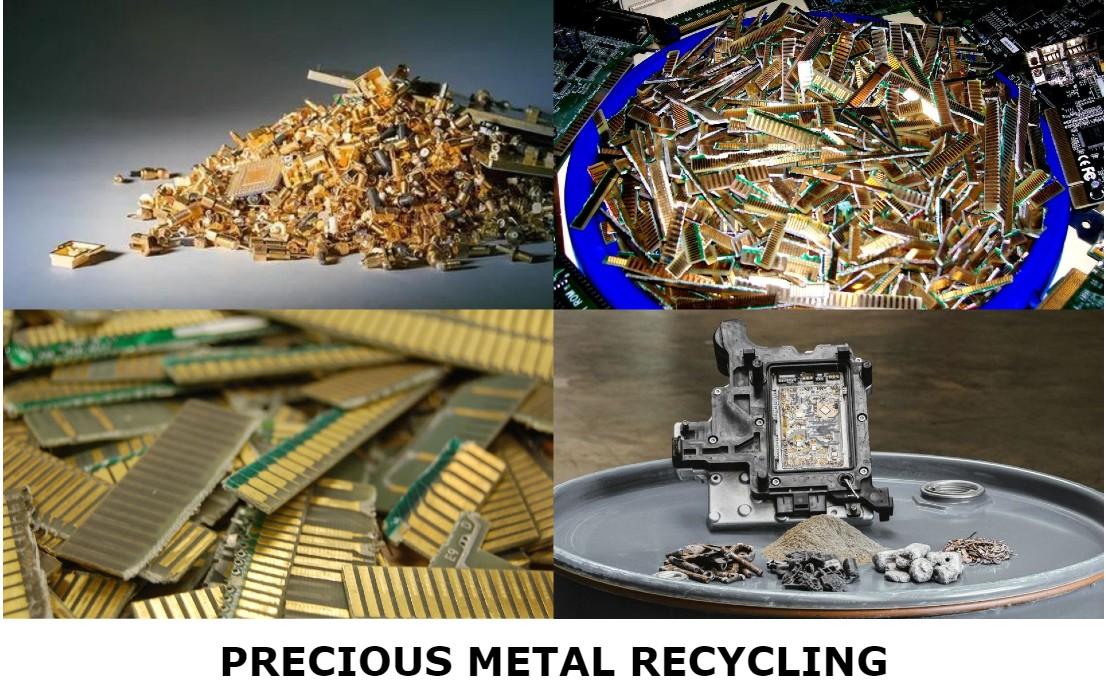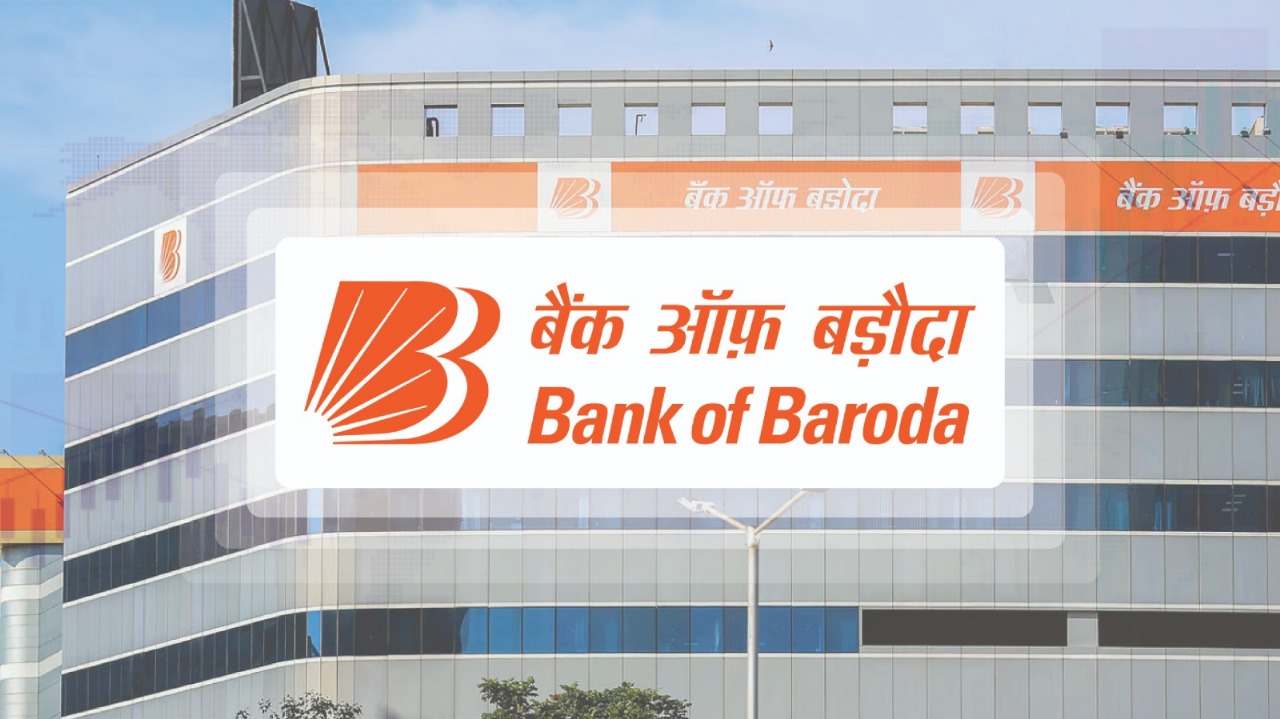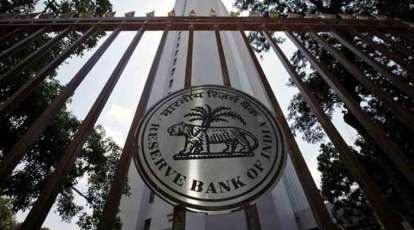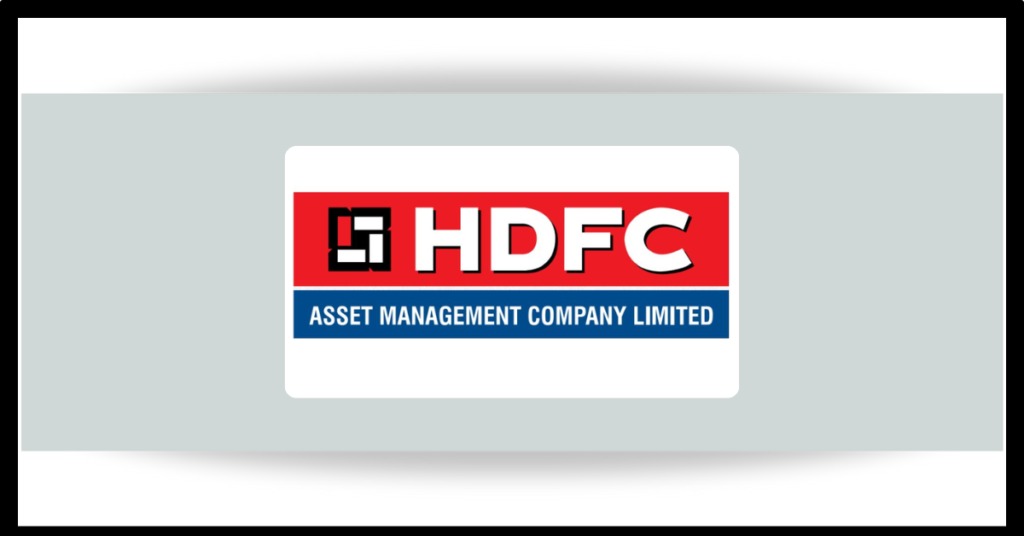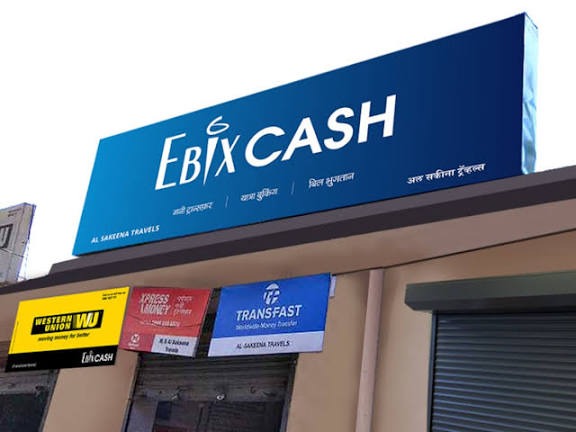The global precious metals e-waste recovery market is projected to reach USD 18.9 billion by 2031, growing at a compound annual growth rate (CAGR) of 7% from 2022. This growth is driven by the increasing consumption of electronic devices and home appliances, which has led to a surge in e-waste generation and the need for efficient recycling solutions.
E-waste contains valuable metals such as silver, gold, nickel, copper, and palladium, which can be effectively extracted and recycled. Printed circuit boards, often rich in these metals, are a key component for recovery efforts. However, the complexity of their composition necessitates the development of advanced technologies to maximize metal extraction.
The Asia-Pacific region dominates the market, with ongoing initiatives to achieve environmentally sound management (ESM) of e-waste. Despite challenges such as labor shortages and rising precious metal prices, the region is expected to continue its rapid growth.
The COVID-19 pandemic initially disrupted the market due to lockdowns and industrial shutdowns, affecting supply chains for raw materials and finished goods. However, the market has rebounded, driven by technological advancements and economic incentives, including soaring precious metal prices.
Key Highlights:
-
- Market projected to reach USD 18.9 billion by 2031, growing at a CAGR of 7% from 2022.
-
- Printed circuit boards identified as a major resource for metal recovery.
-
- Asia-Pacific region leads the market, overcoming challenges to drive growth.
-
- Technological advancements and economic incentives fuel market expansion.
Sources: Taiwan News, Report Ocean, Data Bridge Market Research.

